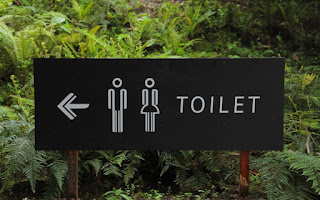How to get rid of Bad Keto Breath | Keto diet kit

If you have a partner or an honest friend, he or she might point out the pungent change in your breath. “Keto breath,” as it is affectionately called, is another one of the symptoms that occurs when your body switches from burning glycogen to burning fat. Described alternately as smelling like rotting apples, garbage mixed with nail polish remover, or pickled cabbage, you have only the ketones to blame. (A quick reminder: Ketones are naturally released by the body when you switch from carb-burning to fat burning.) While there is not much you can do to completely eradicate keto breath if you want to remain in ketosis, there are a few things that will help lessen it and even mask it. Read more ... THE KETO KIT Stephanie Pedersen Inc. 250 East 31 Street Suite 2A New York, NY 10016


